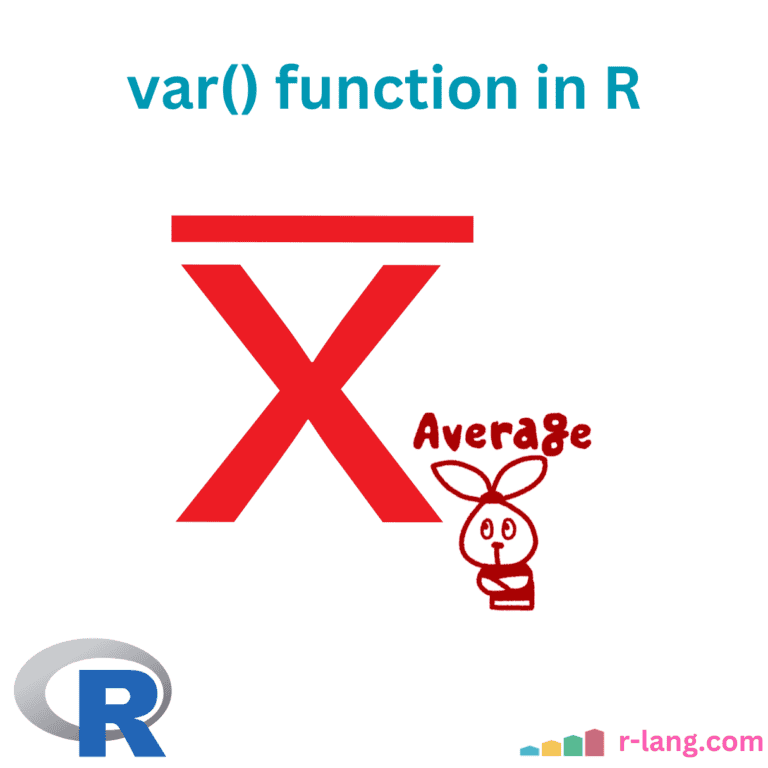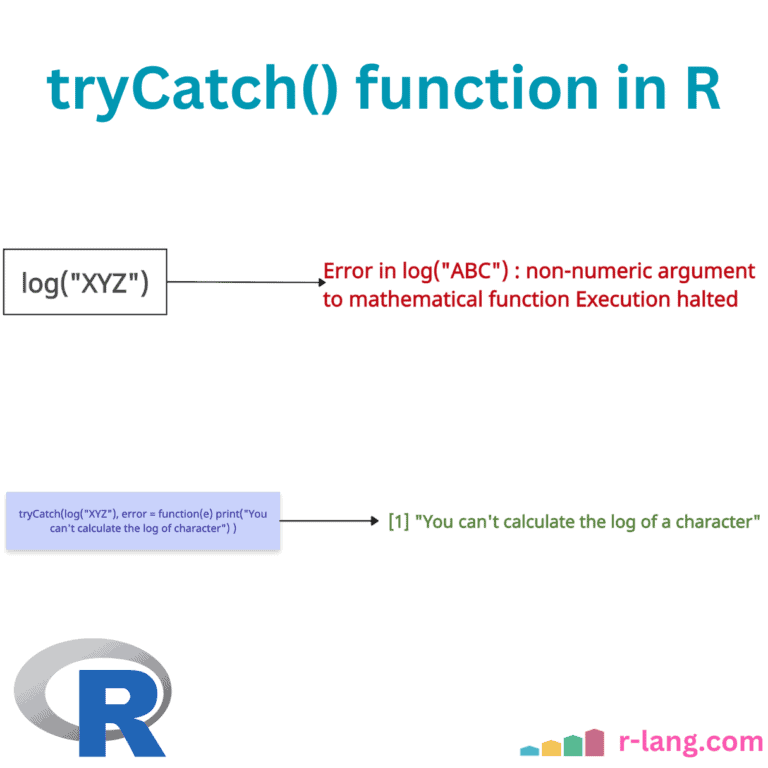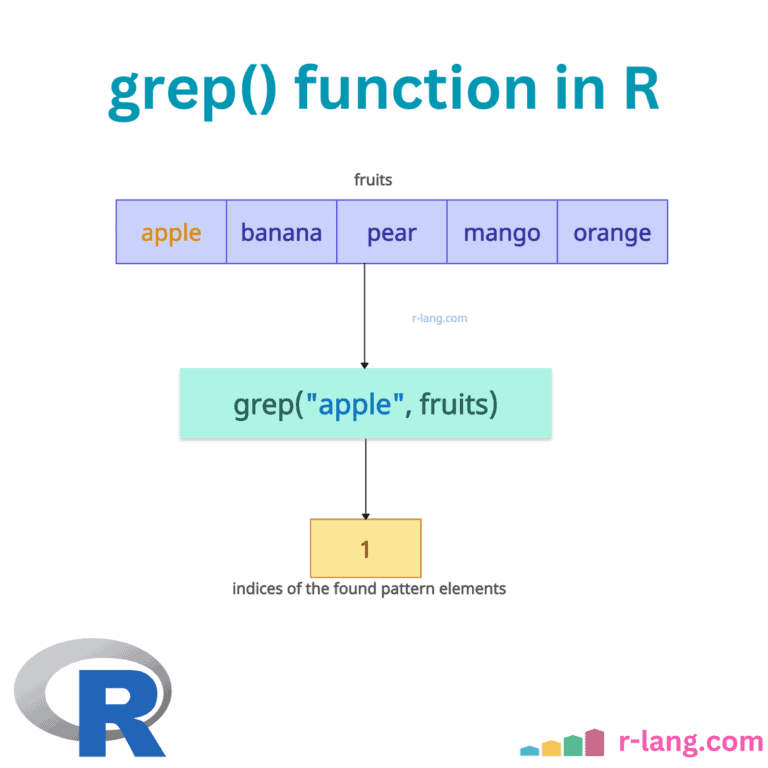How to Calculate Variance in R
To calculate the sample variance (measurement of spreading) in R, you should use the built-in var() function. It calculates the sample variance (using n−1 for unbiased estimation, where n is the sample size). By default, it does not calculate the population variance. Variance measures how spread out a set of numbers is around the mean … Read more










